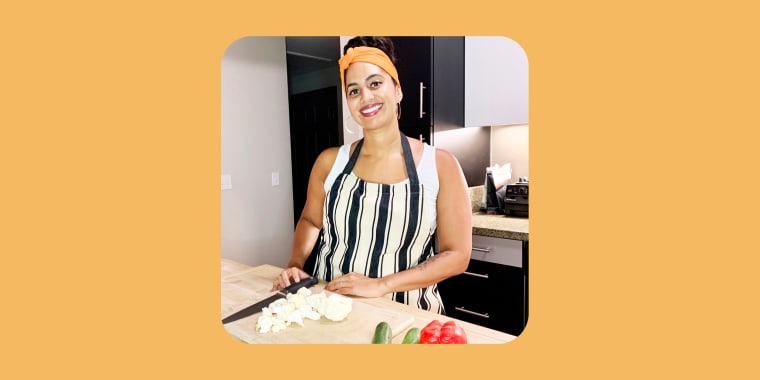In the early days of stay-at-home orders, so many of us collectively discovered the joys of cooking: making sourdough, baking elaborate desserts, making pasta from scratch. But after months of being home, the novelty has worn off and cooking has become a repetitive chore.
A recent survey of 2,000 Americans, conducted by OnePoll on behalf of Sun Basket, found that 55% of Americans are experiencing "cooking fatigue." Respondents said they cook an average of nine times a week, yet they’ve eaten the same meal 28 times since the pandemic started. Unsurprisingly, most people say they’re ordering more takeout and wish that instead they could cook themselves healthy meals faster.
I love to cook, but it only took a few weeks for me to fall into this rut. After a glass (or two) of wine and an hour (or two) of doomscrolling, I was desperately in need of comfort and didn’t have the patience or energy to cook dinner. Didn’t I just make banana bread (aka lunch)? Let’s order delivery. For my husband and me, that was $40 when I didn’t order an appetizer or emotional support cookies, and more like $50 to $60 once fees and a generous tip were factored in. By May, we were paying the price. We’d gained weight and lost a lot of money. I was out of work. We came to the realization that things weren’t going back to the way they were pre-pandemic, and we couldn’t stay stuck in a vicious cycle of avoiding the grocery store and eating takeout.
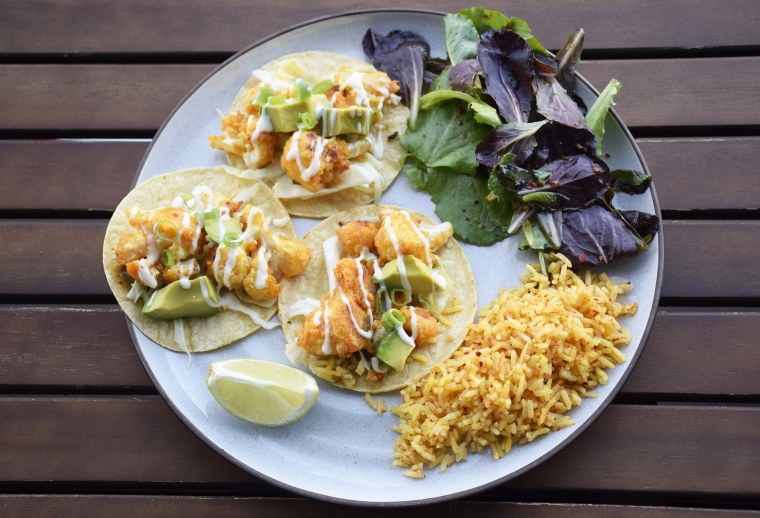
In pre-pandemic life, my husband and I were avid travelers, building our itineraries based on where I wanted to eat. Since I could no longer have that experience in the same way, I decided that I needed to get myself excited about my own cooking. (My husband, on the other hand, has no problem eating the same dry chicken breast every single day, and half the time he doesn’t even know what he’s eating.)
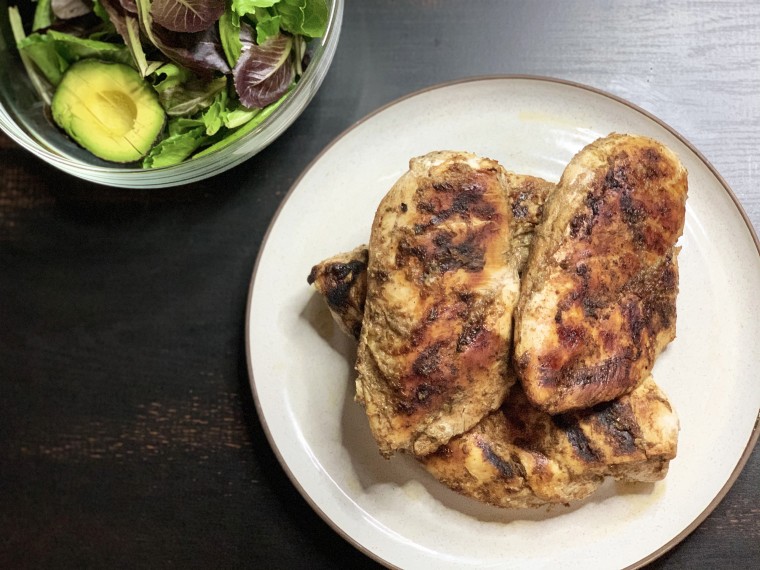
If I couldn’t experience the world, I’d at least attempt to bring the world to us. I pushed myself to add new dishes to my repertoire. I took on the challenge of learning to cook meat for my husband —succulent, lip-smacking meat dishes that I couldn't eat because I'm primarily vegetarian. In the span of a week, I made Thai curry from scratch, maafe (a West African peanut stew), jerk chicken, Moroccan tagine, vadouvan curry and pork simmered in Cuban mojo sauce.
I got more and more excited about these creations and actually looked forward to cooking. In a way, they’ve given me a sense of purpose and a few moments of meditative calmness in an otherwise dark time. And while I’ve tried to seek out authentic recipes and learn their cultural heritages, I don’t pressure myself about making these dishes perfectly. My only litmus test is that the food is edible.
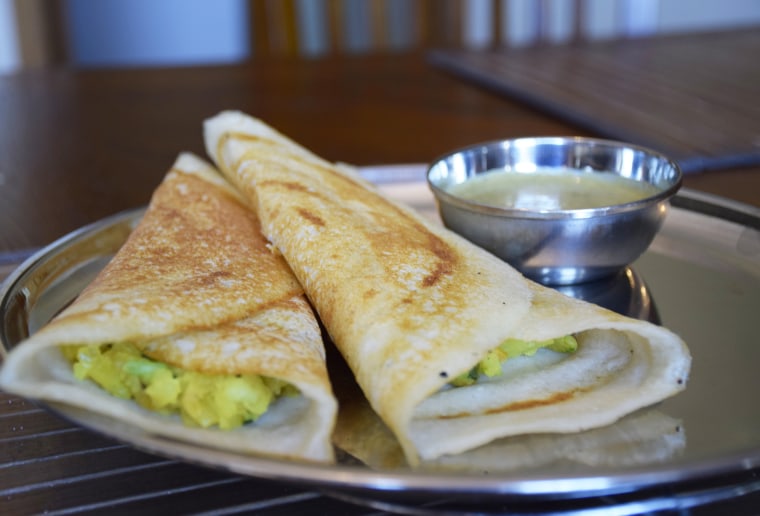
I’ve also used cooking as an opportunity to connect more deeply with my Indian roots and my mom, who I haven’t seen since last fall. My mom is a brilliant cook who doesn’t use recipes; she just cooks with her senses, the way elders of every culture seem to do. I desperately missed her masala dosa, so she FaceTimed me and taught me how to make it, along with her cilantro chutney, over the course of a few lessons.
I’m not going to lie to you: All this food variety takes planning and work. But we now only eat takeout twice a week max and, by incorporating the following tips, I’ve managed to make it sustainable so I’m not spending every waking hour cooking.
Plan ahead
Since we try to avoid going to the grocery store too often, ahead of the weekend, I make a general meal plan and buy my staples and ingredients for one or two new dishes that I want to experiment with for the week. For inspiration, I scour old cookbooks, marinate on memories of dishes my mom used to make or just think about where in the world I wish I could be eating at the moment.
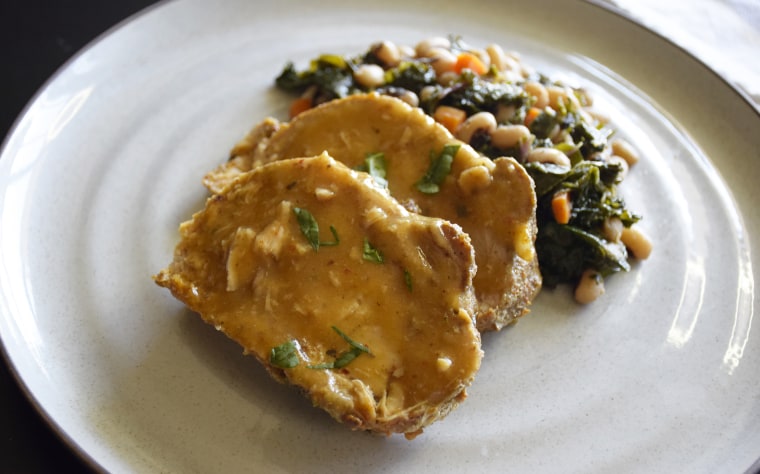
Cook before you're hungry
When you’re hungry and staring at the fridge hoping a solution will magically reveal itself, you’ve already lost the battle. This is not when you want to experiment with making your own 15-ingredient curry from scratch. This is when you end up throwing cheese on a piece of bread and calling it dinner or spending way too much on takeout.
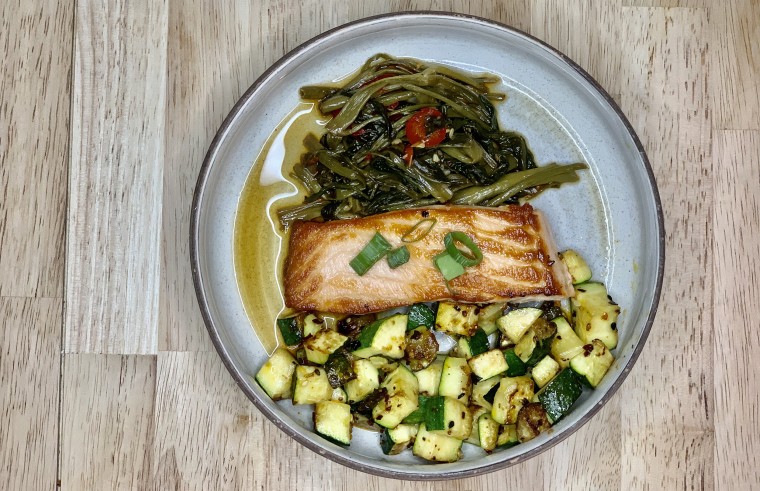
Make ahead and freeze
The Instant Pot and vacuum sealer are now indispensable tools for me. I pressure-cook staples like dried beans that I can freeze and have them ready for later use. I slow-cook big batches of chili, stews and meat overnight a couple times a week, doing about 10 minutes of prep for them after I’ve eaten dinner. I save a couple servings in the fridge and then freeze and vacuum-seal the rest in individual portions. I prep and freeze sides like roasted root vegetables. I don’t want to eat the same thing back to back, but in the future, I can thaw and eat what I’ve already made on days I don’t have time for or interest in cooking, especially for lunches. The best part? It makes cleanup really easy during the week.
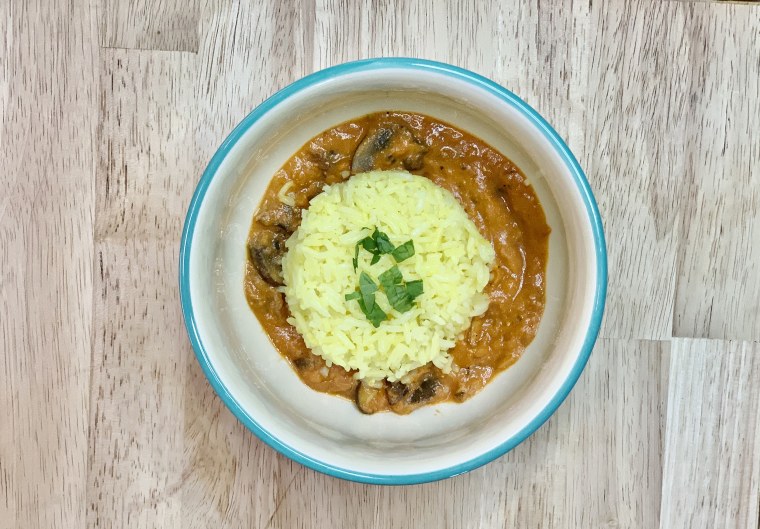
Stock up on sauces and spices
I’ve invested in buying a variety of spices and spice mixes, like berbere, Urfa biber, shichimi togarashi, Cajun spice and za’atar. Use these in rubs and marinades to make even simple roast chicken transcendent. You can also cook a big batch of meat or fish with a basic rub and then use additional spices to make different flavored pan sauces or gravies that will breathe new life into your leftovers.
